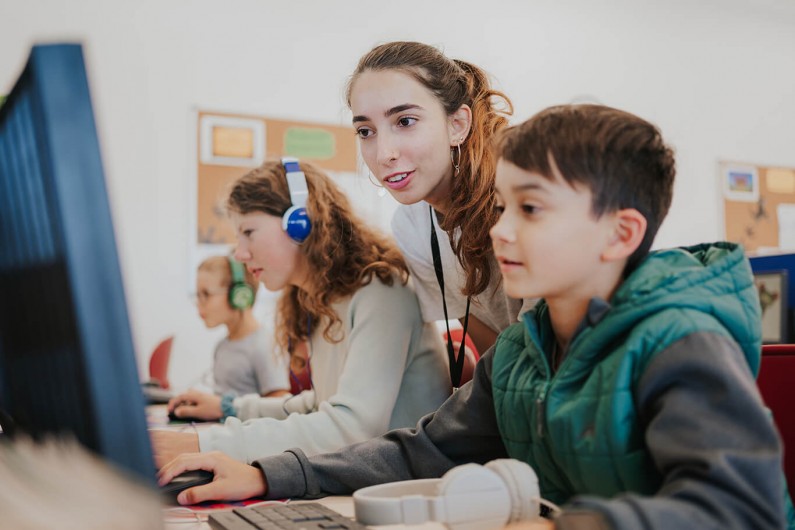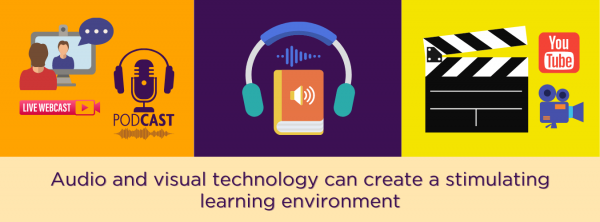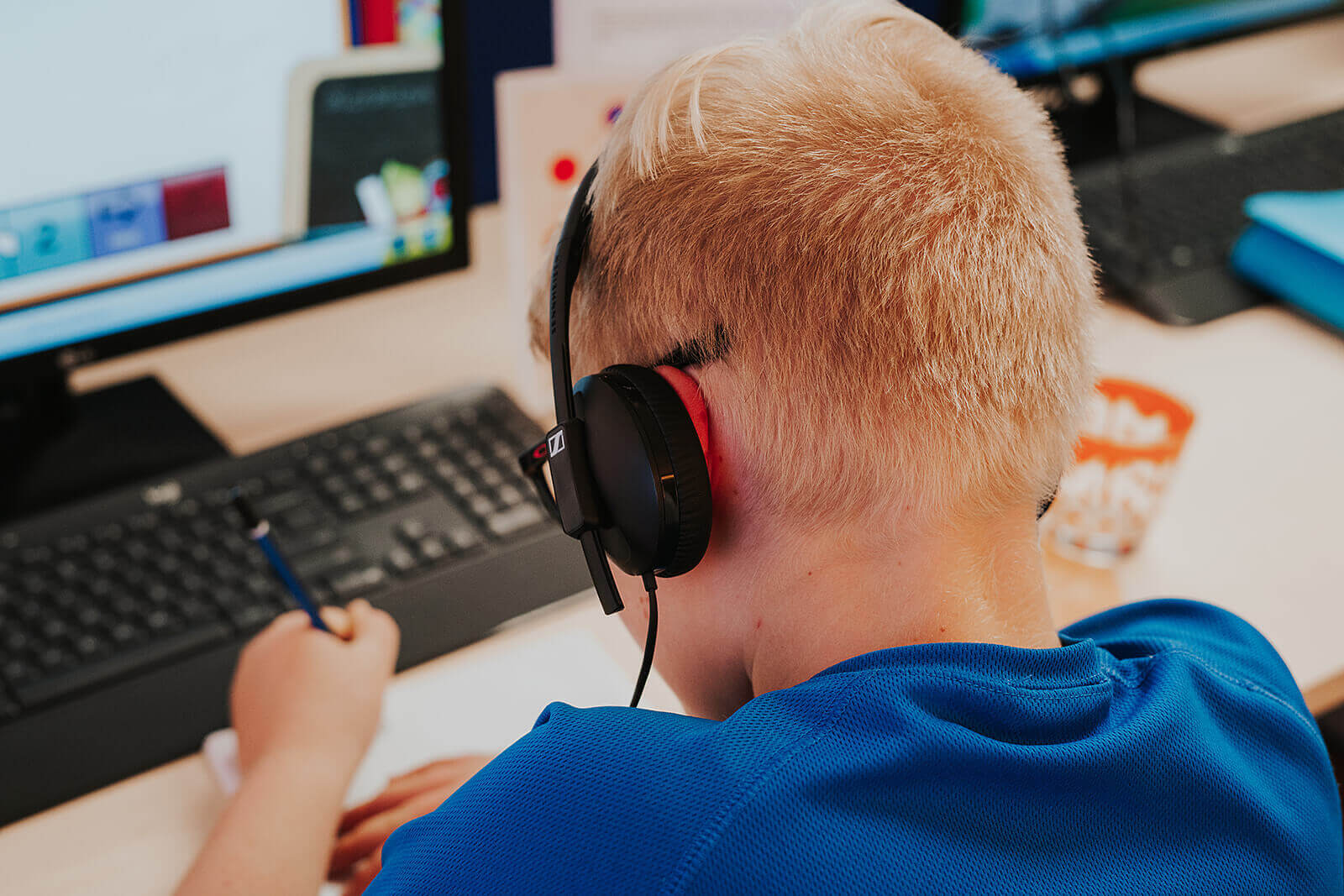Harnessing educational technology for learning

Technology is transforming education, and the use of it in education has increased dramatically over recent years. Although traditional classroom teaching and learning methods are still prevalent, many schools and parents are now embracing technological learning tools. The way children learn in and outside of the classroom today provides an opportunity for a skilful blending of technology and traditional teaching methods. Educational technology is the effective use of tech tools in learning, which could include gamification, numerous types of media, and devices such as mobile phones, computers and tablets. This blog explores 3 important types of educational technology that you can help your child harness and incorporate into their learning.
1. Gamification
Learning by playing can be an effective way to understand concepts and reinforce what has been taught. Learning new concepts through gamification invokes fun and excitement for students, and keeps them motivated and engaged in their learning. Gamification can provide your child with a great learning experience and environment, where they can learn with a positive attitude and high levels of engagement. At NumberWorks’nWords, our maths and English programmes have been designed to include elements of gamification to build interest and excitement during each tutoring session. We also have our NumberWorks’nWords Arcade, which is a gallery of fun games available to students to practice and consolidate their learning skills.

2. Audio and visual technology
Technology comes in many forms and can supplement learning in meaningful ways. Audio and visual technology can help create a stimulating learning environment for children, especially to those who are auditory or visual learners. For example, webcasts or podcasts are types of audio media that are particularly helpful for auditory learners, which involves listening to an audio of a book or podcast to enhance their learning experience. On the other hand, digital video platforms like YouTube provide easy access to a variety of educational videos that are helpful for visual learners. These could be documentaries, lectures, how-to’s, and many more.

3. Mobiles, computers, and tablets
Tech tools such as mobile phones, computers, or tablets can be a huge advantage to your child’s learning. They come in portable sizes, which can be carried around easily and enable us to access information wherever we are. With these tech tools and with just a click of a button, we can access online books, games, applications, and most importantly, information on the Internet. The knowledge and ability to navigate through the Internet gives students access to an unlimited amount of information and data from a variety of sources. If your child is required to do online research or gather information for their school homework or assignments, encouraging them to make use of these handheld devices can aid their learning. Keep in mind that surfing the web can be dangerous for children, so it is important to stress online safety and ensure that your child is protected from inappropriate content.

Technological advancements have allowed us to take different approaches to learning, making it easier to blend online learning and traditional education. This provides students with the best possible education, whether it’s in person or online. At NumberWorks’nWords, we maximise the use of technology and incorporate it into our students’ learning. Our computer-based maths and English tutoring programmes help young learners build confidence in a fun and nurturing environment. Get in touch to learn more about our after-school tuition, or contact your local centre and book a free assessment!



